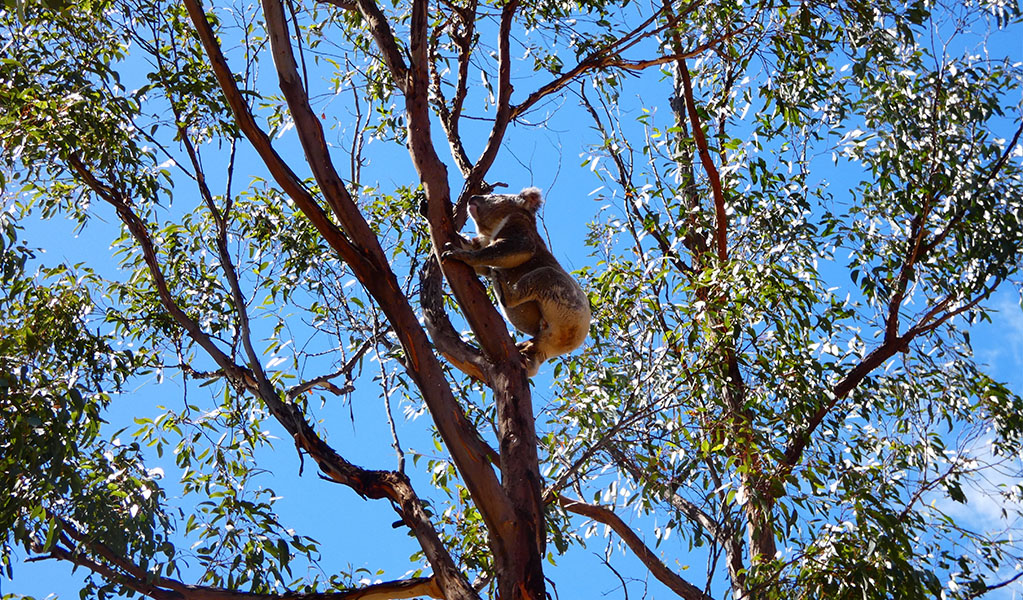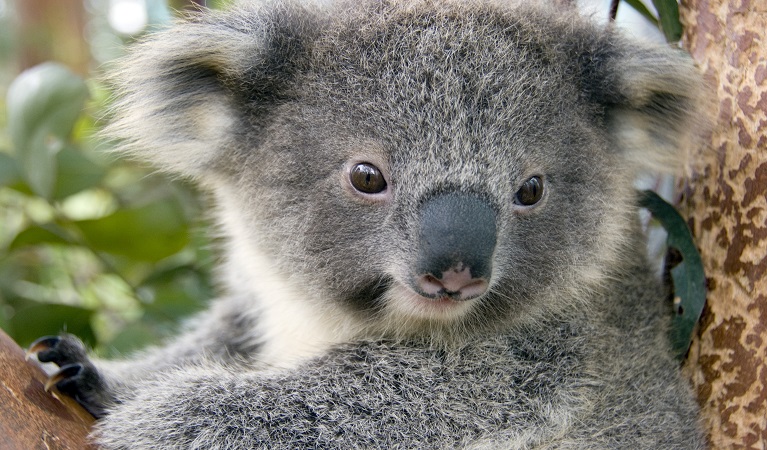Guula Ngurra National Park
Overview
With its remote rural setting, peaceful surrounds and significant Aboriginal culture, you can form a deep connection with Country in Guula Ngurra National Park, near Moss Vale.
Read more about Guula Ngurra National Park
The name Guula Ngurra was provided by the Gundungurra People, and can be translated as Koala Country. This name embodies the spirit of Guula Ngurra National Park, which helps connect visitors with Country and provides important habitat for koalas. ‘Guula’ is the word for koala and ‘Ngurra’ (Country) has a deep meaning of belonging. ‘Ngurra’ takes in everything within the physical, cultural and spiritual landscape – landforms, waters, plants, animals, foods, medicines, stories and people; past, present and future.
Located close to Moss Vale, Berrima and Mittagong, Guula Ngurra National Park is an easy stop along your Southern Highlands road trip. As you explore the park’s varied environments you’ll marvel at the range of biodiversity on display. With its sandstone ridges and overhangs, red gum slopes, heath-woodland, river flats and caves, the park provides important habitat to a wide variety of animals, including the endangered glossy-black cockatoo.
If you’re an experienced adventurer you’ll love exploring the park’s landscape on foot, tackling its challenging bushwalks and hiking to its peaks. And with a range of lookouts on offer you’re spoilt for choice when it comes to expansive views.
Guula Ngurra National Park is also an ideal place for you to connect with Aboriginal culture and immerse yourself in Country. The meeting point of the Wollondilly and Wingecarribee rivers in particular, on the northern boundary of the park, is part of the Creation Story in which Mirragan fought Gurangatch, and has great significance in Aboriginal culture.
Highlights in this park
-

Baldy Billy Peak walking track
Climb to the top of Billy Baldy Peak on this steep and challenging 5km return walk in Guula Ngurra National Park, near Moss Vale and Canyonleigh.
-

Wollondilly River walking track
Wollondilly River walking track is a challenging 8km return walk in Guula Ngurra National Park, near Moss Vale. It's best suited to very experienced b...
-

Mount Penang loop walk
Mount Penang loop walk in Guula Ngurra National Park is a 3km unmarked hiking trail that is best-suited to experienced bushwalkers.
Our strongest protections on park
Our strongest protections on park
Koala spotting
Keep an eye out for koalas when you visit. This park is home to important koala habitat that's protected as an Asset of Intergenerational Significance (AIS).
Conservation program:
Gundungurra joint management program
The Gundungurra joint management program between NPWS and the Gundungurra People supports continued connection to Country in parks and reserves in parts of the Blue Mountains.

Think Before You TREK
Are you planning a bushwalk, going somewhere remote or where the weather is extreme? Stay safe by planning your trip for all conditions and telling someone about it.

General enquiries
- National Parks Contact Centre
- 7am to 7pm daily
- 1300 072 757 (13000 PARKS) for the cost of a local call within Australia excluding mobiles
- parks.info@environment.nsw.gov.au
Contact
- in the Country NSW region
Guula Ngurra National Park is open to the public but may be closed at short notice due to special operations, poor weather or fire danger.
Public vehicles are not permitted inside the park without consent to protect sensitive natural and cultural heritage values. Visitors to the Tugalong area must park outside the main gate.
-
-
Mount Annan office
02 4632 4500
-
Email: npws.hawkesburynattai@environment.nsw.gov.au
-
Mount Annan office




